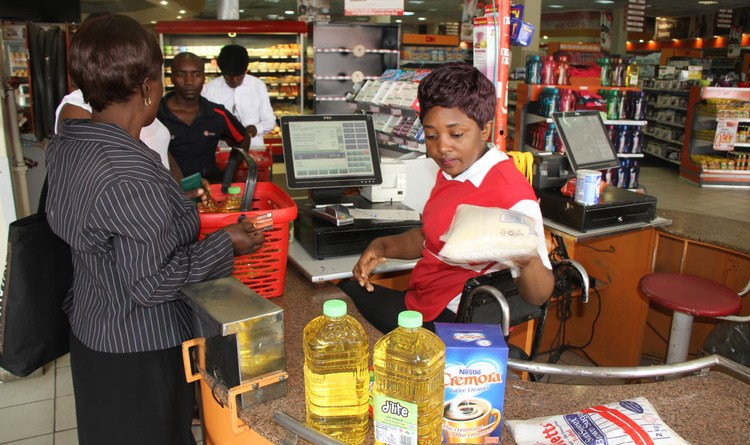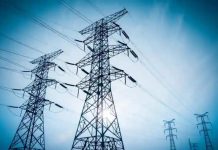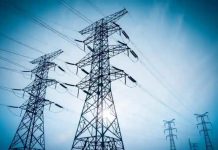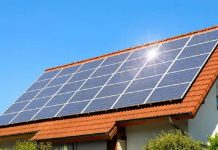Harare — Zimbabwe’s power utility on Sunday increased its tariffs by 19% in a move likely to ignite another round of price increases of goods and services in an economy that is already grappling with high inflation.
The country has the second-highest inflation in the world after Venezuela and in 2019 suspended releasing official year-on-year inflation figures as the rate of inflation hit 500% at the end of that year.
In October 2019, the Zimbabwe Electricity Transmission and Distribution Company (ZETDC) increased power tariffs by 320% but businesses still experience long power cuts lasting up to 18 hours a day.
ZETDC said in a statement the latest power hike, which came into effect on Sunday, was a result of a weakening local currency and rising inflation.
“The ZETDC has adjusted the electricity tariffs by 19.02%. This is in accordance with the tariff award of October 2 2019, which approved the implementation of a monthly tariff indexation formula that takes into account the movement of macroeconomic fundamentals such as exchange rate and inflation, for changes above 10%,” ZETDC said.
Zimbabwe is undergoing its worst economic crisis in a decade, with shortages of maize, fuel and medicines, provoking resentment against the government of President Emmerson Mnangagwa.
The latest increase has led to an outcry from businesses who say they will be left with no choice but to pass on the cost to consumers.
People in the country are already dealing with soaring inflation that has battered their earnings, with public sector workers in the country earning the equivalent of about $100 a month.
Economist Gift Mugano told Business Day the hike will lead to yet another spiral of price increases in the country.
“The cost of power has a direct effect on cost of doing business. In Zimbabwe, the major driver of inflation is cost-push inflation. Cost-push inflation is inflation caused by substantial increases in the cost of services where no other option is obtainable. So if the power utility raises a tariff by such a margin, it means that other business also don’t have any other alternative but to raise prices.”
Confederation of Zimbabwe Retailers president Denford Mutashu said the power utility, which is paying for power imports from Eskom and Mozambique’s Cahora Bassa, was in a catch-22 situation.
“The power utility has a delicate balance to maintain — on one hand, it has to pay for power imports and also has to review its rates in line with the country’s inflation. It has no choice but to raise tariffs, but what this means is that as businesses we also have to raise prices.”
Faced with the incessant hikes and erratic power supplies, most businesses are now setting up their own power stations to avoid reliance on the national grid.
Implats CEO Nico Muller last week told journalists in SA that the company had a concrete plan to produce its own electricity to power its operations at subsidiaries Zimplats and Mimosa in Zimbabwe.
“In Zimbabwe, we are in the midst of a feasibility study to evaluate the construction of a 200MW solar power plant that will provide not only the 80MW requirement at Zimplats but also the 30MW that we use at Mimosa, and there is a sufficient amount of energy to feed into the grid as a broader country strategy,” he said.






